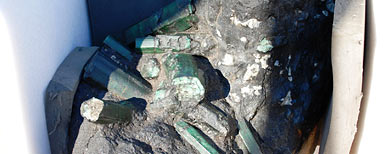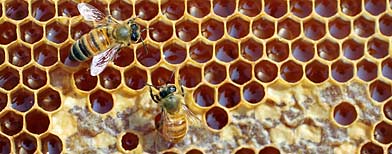The Daily Drift
Today's horoscope says:Over the past few days, you've done more in six hours than most folks do in six days -- no, in six weeks.
Yep, you've been busy, and you've done all your work well, too.
So, are you due for some serious R and R or what?
You bet you are, and you know it.
Go all out and indulge yourself and your loved ones.
You might start with a bubble bath, hot tub or massage.
Oh, and don't forget the candles.
Some of our readers today have been in:
Melbourne, Victoria, Australia
Sao Paulo, Sao, Paulo, Brazil
Toronto, Ontario, Canada
Paris, Ile-de-France, France
Wellington, Wellington, New Zealand
Edithvale, Victoria, Australia
Bremen, Bremen, Germany
London, England, United Kingdom
Swindon, England, United Kingdom
Dublin, Dublin, Ireland
Perth, Western Australia, Australia
Coffs Harbor, New South Wales, Australia
Santander, Cantabria, Spain
Prague, Hlavni Mesto Praha, Czech Republic
Suwon, Kyonggi-Do, Korea
as well as Italy, Romania and in cities across the United States such as Durham, Anniston, Granite City, Spring Grove and more.
Today is:
Today is Friday, September 24, the 267th day of 2010.
There are 98 days left in the year.
Today's unusual holidays or celebrations are:
Love Note Day
and
Punctuation Day
Don't forget to visit our sister blog!
























 Barry Lee built a drag racing car that is powered by six Makita circular saws. He entered it into an annual contest in Britain in which participants build racing vehicles from household tools:
Barry Lee built a drag racing car that is powered by six Makita circular saws. He entered it into an annual contest in Britain in which participants build racing vehicles from household tools: An archaeological dig at a 17th Century site in Peru has uncovered a letter that contains words from a previously lost language. The language appears to be related to Quechua, an indigenous language of the Andes still spoken today. Jeffrey Quilter, a Harvard archaeologist, proposed a possible origin for the language:
An archaeological dig at a 17th Century site in Peru has uncovered a letter that contains words from a previously lost language. The language appears to be related to Quechua, an indigenous language of the Andes still spoken today. Jeffrey Quilter, a Harvard archaeologist, proposed a possible origin for the language:

 Physicists at the National Institute of Standards and Technology (NIST) tested Einstein’s theories about relative time in a physical setting. Time goes faster at higher elevations, and slower for moving objects. The experiments involved a comparison of two identical atomic clocks.
Physicists at the National Institute of Standards and Technology (NIST) tested Einstein’s theories about relative time in a physical setting. Time goes faster at higher elevations, and slower for moving objects. The experiments involved a comparison of two identical atomic clocks.












 Allison Nelson has opened “A Smack in the Face” — a bakery in Des Moines, Iowa that specializes in caffeinated goods. Each brownie that she sells contains 200 milligrams of pure caffeine:
Allison Nelson has opened “A Smack in the Face” — a bakery in Des Moines, Iowa that specializes in caffeinated goods. Each brownie that she sells contains 200 milligrams of pure caffeine: